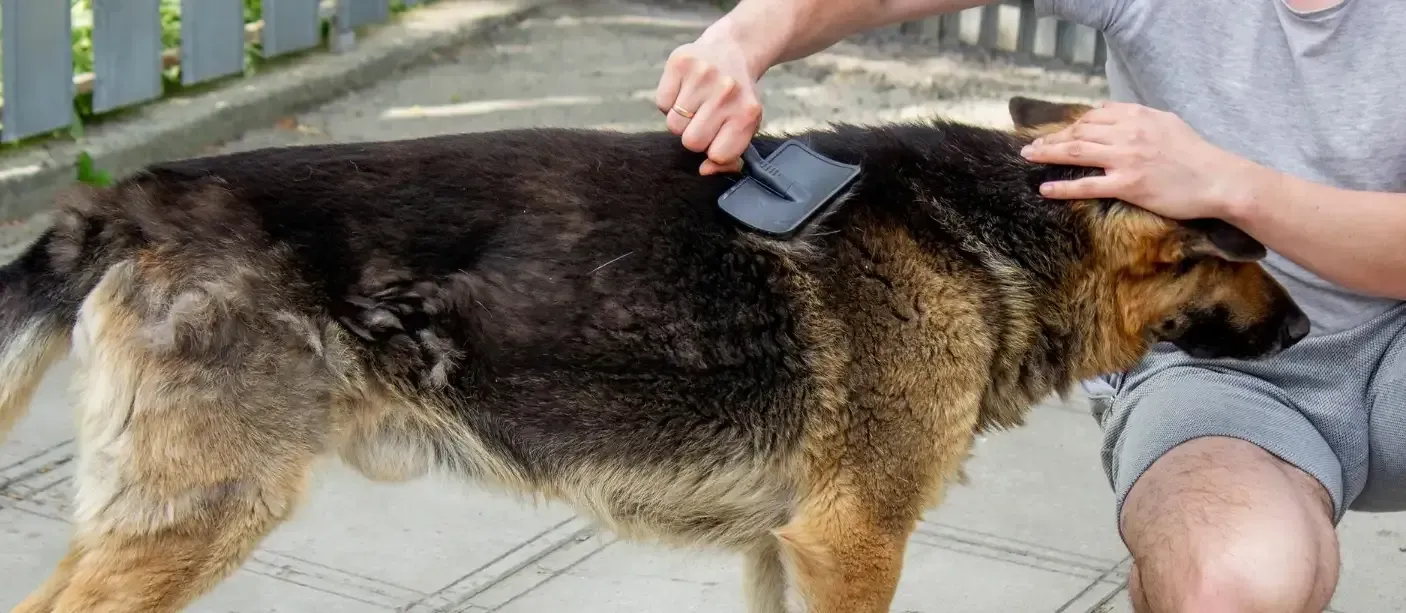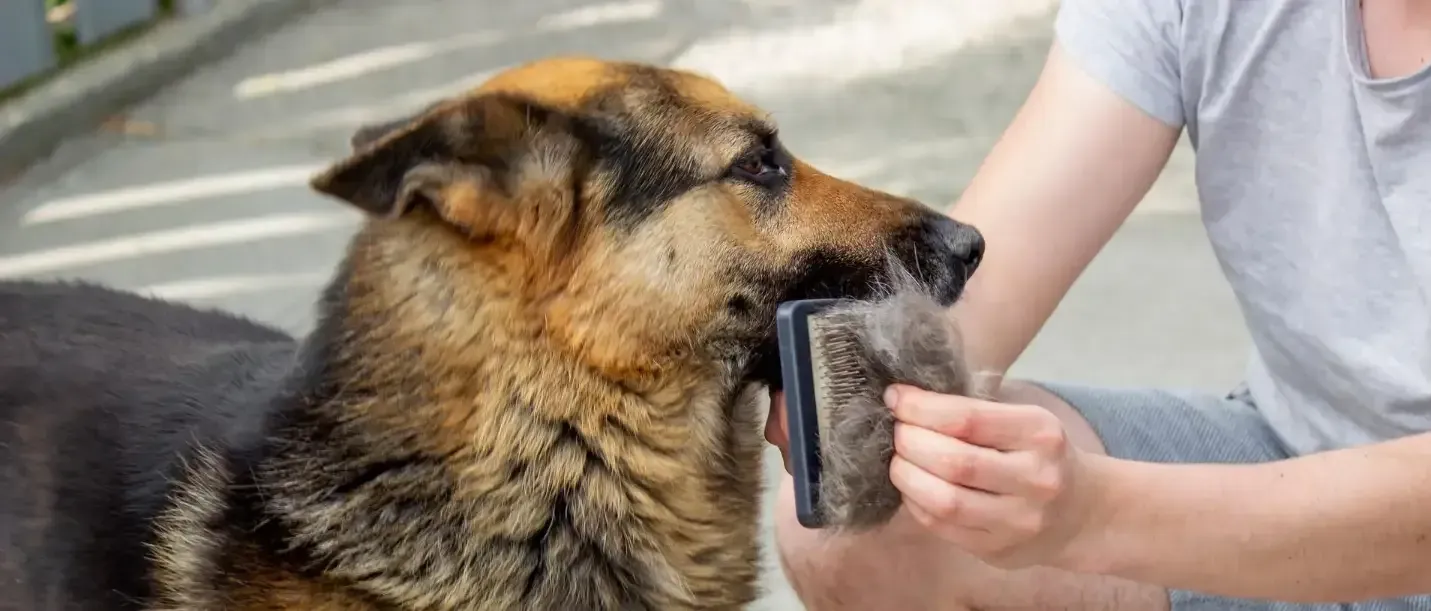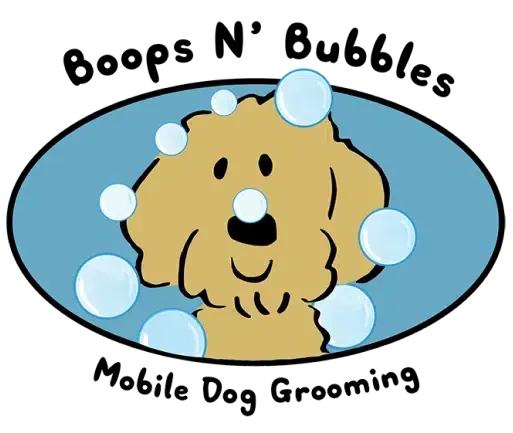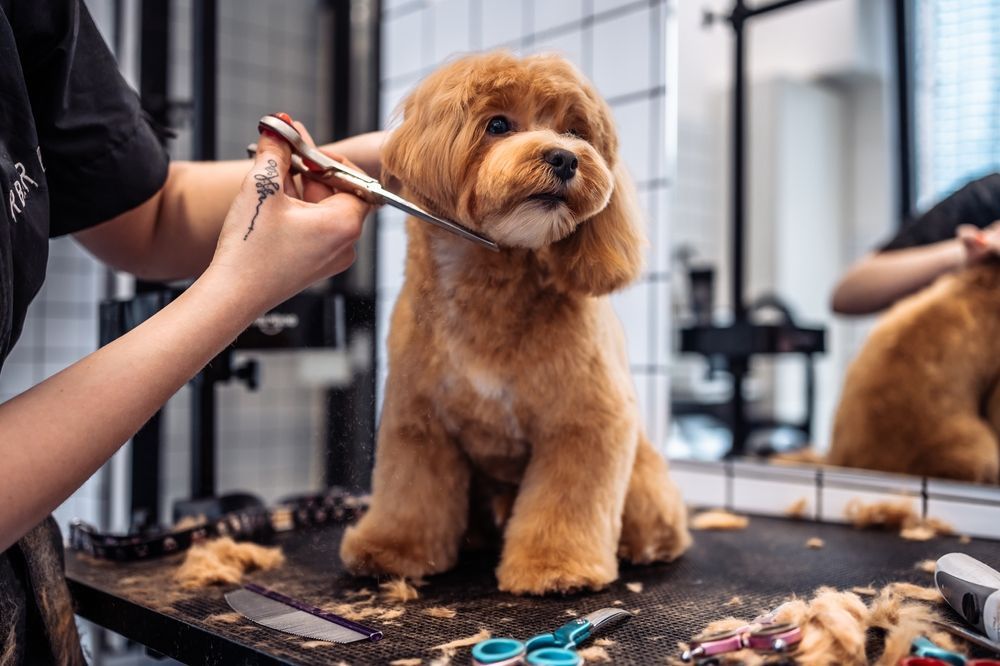Why Is My Dog Shedding So Much? Causes and Solutions
Deshedding is usually a common issue for dog owners. You walk around your house, and there seems to be dog fur everywhere. It is on your furniture, on the floor, and stuck to your clothes. Shedding will make you feel like a hamster wheel you will never get out of. Have you ever thought, “Why is my dog shedding so much?” Of course, shedding is normal, but too much of it can suggest a problem that may need veterinarian attention.
Learning about the reasons for your dog's excessive shedding and what to do about it should make it more manageable. In this guide, we will cover 12 excessive causes of shedding and ways they might benefit you in keeping your house clean and your dog comfortable. We will even touch upon some safety tips about grooming dogs, so you have a good idea about how to keep your dog's fur looking fresh and how a mobile dog groomer can help you to resolve your pup's issues properly.
12 Common Causes of Excessive Dog Shedding and How to Solve Them

1. Seasonal Shedding
Dogs, similar to humans, have natural shedding cycles that follow the seasonal changes. As temperatures rise in spring and fall, many dogs are shedding their thick winter coat or their lighter summer coat to adapt to ambient temperature changes. This occurs frequently in double-coated breeds that grow thick coats in winter, such as Huskies and Golden Retrievers.
Solution:
Seasonal shedding is normal, and you can help combat it by simply brushing your dog frequently, especially during shedding seasons. Use a deshedding tool or brush made for their coat type to help remove loose undercoat and minimize the fur in your house. Regular grooming will also help to prevent mats and tangles.
2. Poor Diet
Your dog's skin might also become dry and flaky if they are lacking in important nutritional components such as vitamins, minerals, and omega fatty acids (omega-3, specifically), and this can lead to excess shedding. Particularly if you are feeding your dog lower-quality dog food with fillers, preservatives, or low protein content, it may be contributing to unhealthy skin and coat conditions.
Solution:
Provide your dog with top-tier meals that are high in omega-3 and omega-6 fatty acids to support healthy skin and a healthy coat. Choose dog food that has natural ingredients and balanced nutrients, or consult your veterinarian to recommend a specific food. Also, adding a supplement (such as fish oil or coconut oil) to your dog’s food will support their health and skin.
3. Allergies
Whether it's food, pollen, dust mites, or other factors in their environment, allergies can cause itching, irritation, and excessive shedding. Your dog may experience increased shedding when they have an allergic reaction because their immune system reacts to the allergen. They may also have swollen, itchy, or red irritated skin.
Solution:
Determine the allergens troubling your dog and help your dog avoid those allergens. Your vet should be able to perform tests to determine if there is an environmental or food allergy affecting your dog. Sometimes simply switching to a hypoallergenic diet will be sufficient, while other times your vet would need to treat your dog with prescription medication like antihistamines or corticosteroids in order to reduce shedding caused by allergies. It can also be helpful to regularly bathe your dog with a shampoo designed to reduce allergies to help soothe irritated skin.
4. Stress or Anxiety
Similar to humans, dogs may also shed excessively when they feel stressed or anxious. Stressful changes such as moving to a new house, the arrival of a new family member, or even loud sounds, like fireworks, can lead your dog to shed additional fur. Dogs with separation anxiety can also shed excessively.
Solution:
Establish a tranquil and safe place for your dog to reduce anxiety. Exercise and mental enrichment can relieve stress in dogs. If your dog suffers from separation anxiety, try crate training them, allowing them to have their own safe space when you have to leave them, or using anxiety-reducing tools like pheromone diffusers for dogs. If anxiety becomes severe, consider talking to your veterinarian about possible medications to help.
5. Hormonal Imbalances
Hormonal shifts, such as those during pregnancy or heat cycles, or when the thyroid isn't working optimally, can lead to excessive shedding. For example, female dogs can shed additionally when they are pregnant or in heat, and dogs with hypothyroidism (low thyroid function) can experience hair thinning and hair loss.
Solution:
If you suspect hormonal issues, a visit to the veterinarian for a full examination is a good idea. In the case of hypothyroidism, the veterinarian may prescribe medication for your dog's thyroid to regulate hormone levels. In the case of pregnancy or heat cycles, shedding should return to normal after hormonal changes settle. Spaying or neutering your dog could assist in regulating shedding in the long term, too.
6. Parasites (Fleas, Ticks, Mites)
Parasites such as fleas, ticks, and mites can cause extreme itching, irritation, and scratching, resulting in more hair loss. Excessive scratching can lead to hair follicle damage, which can increase shedding or bald patches in the affected areas.
Solution:
Keep a regular check for fleas on your dog and try a flea and tick prevention program as prescribed by your veterinarian. If your dog is already infested, utilize a flea treatment and use your veterinarian's recommendations to continue to reduce the infestation. Make sure your dog's bedding, throughout the home and in the yard, is free of pests. Regular grooming for your dog, as well as a healthy immune system, will decrease the risk of parasites infesting.
7. Poor Grooming Habits
If your dog is not groomed regularly, there may be tangles, mats, and clumps of dead hair, causing it to shed even more. Dogs with long coats are especially susceptible to developing mats that may trap loose hair and cause additional shedding.
Solution:
Establish a grooming schedule appropriate for your dog's breed and coat. You should brush your dog at least once a week to help prevent knots and mats and to take off excess hair before it sheds. You should also use a slicker brush or a deshedding tool for dogs that have long or thick coats, or any combination in between. You might consider trimming, especially in the areas that are known to shed more regularly.
8. Health Issues
Some medical conditions, such as fungal conditions, mange, autoimmune disease, and others, can contribute to your dog’s excessive shedding. In some instances, hair loss is associated with a skin lesion or bald patches. Some conditions, such as Cushing's disease, can result in abnormal shedding as well.
Solution:
If your dog is shedding more than normal and has other health symptoms, such as bald patches, scabs, or lesions, you may need to consult with your veterinarian. The underlying health condition needs to be addressed to manage excessive shedding. Your veterinarian may run tests, prescribe medication, or provide treatments to manage the condition that will also restore your dog's health and coat back to normal.
9. Age
As dogs become seniors, their coat and skin will naturally change. Older dogs may have thinning hair, drier skin, and probably shed more because their hair grows more slowly, and their skin produces less oil.
Solutions:
Older dogs may require special grooming and nutrition to support skin health. Look for dog food designed for seniors and add nutrients like glucosamine or fish oil that will help keep the dog's skin and coat healthy. Groom the senior dog more frequently to control shedding and maintain a healthy coat.
10. Medical Issues (Fungal Infections, Mange, and Autoimmune Disease)
Certain medical problems, such as fungal infections, mange, autoimmune disease, or even some forms of cancer, can cause excessive shedding. Some medical problems cause hair loss and produce bald spots, and other skin manifestations. The shedding may be localized to certain areas or may be associated with other problems, like scabs, sores, or any abnormal changes in the skin.
Solution:
If your dog is shedding excessively and showing other signs of bald spots, scaly skin, or irritation, depending on the medical issues, treatment might include medications, topical creams, or even diet changes related to immune support for skin health. Early intervention will help resolve the dog's coat issues and overall health.
11. Dry Air (Low Humidity)
During the winter or if you live in a dry environment, your dog's skin can become dry, and you may notice increased flaking or shedding. Dry air can extract moisture from your dog's coat, leading to excessive shedding of fur.
Solution:
To alleviate dry air issues in your dogs and promote skin and coat health, consider using a humidifier in your home (especially during winter months when heat can dry out air) and using moisturizing dog shampoo to help add moisture and retain it to help minimize shedding due to dryness.
12. Over-bathing
Bathing your dog too frequently will remove natural oils from their skin, which creates dryness and could lead to shedding. Many commercial shampoos are harsh and will irritate your dog’s skin.
Solution:
Try to keep baths once a month or as needed. Use a gentle, moisturizing shampoo made for dogs. Bathing your dog every week can be damaging to your dog, so remember to keep a balance and perhaps use a conditioner or moisturizer to keep their skin hydrated.
Dog Grooming Safety Tips

When it comes to shedding, grooming is an essential part of the process. Safety, however, is paramount. Here are some safety tips to consider when grooming your dog:
- Always Use the Appropriate Tools: Always use grooming tools that are appropriate to your dog’s coat type. For instance, you can use a slicker brush for long-haired dogs and a deshedding tool for dogs that shed heavily.
- Be Gentle: Do not pull on mats or tangles too tightly. Grooming can be an enjoyable social time with your dog, but be gentle when brushing or trimming to avoid hurting your dog’s skin.
- Don't Over-Groom: Over-grooming your dog can lead to skin irritation. Avoid bathing or brushing your dog too much.
- Seek Out Help: If you're unsure about how to groom your dog or have a complicated coat, try contacting an expert mobile dog groomer who can take care of the grooming for you.
Conclusion
While excessive shedding can be frustrating for dog owners, recognizing the causes and taking appropriate action can make a difference. Whether you’re adjusting your dog’s diet, sticking to regular grooming services, or addressing any health issues, staying proactive will help you manage the shedding while keeping your dog comfortable.
Whether it is a healthy coat or a happy, shedding-free life, dogs can thrive with proper care. If grooming ever feels like a challenge for you, perhaps consider professional grooming care that gives your dog the attention and comfort he or she deserves.
FAQs About Dog Grooming Safety Tips
What makes a dog stop shedding?
A dog may stop shedding due to a dietary change, a grooming schedule, an improvement in their health, or changes to their environment or the weather. Certain health conditions may reduce shedding if treated, though.
What is the best food to stop shedding?
Foods with omega-3 and omega-6 fatty acids, like a high-quality dog food that lists fish oil or flaxseed in the ingredient list, provide healthy skin and fur, which helps reduce shedding.
How do you stop a dog from losing too much hair?
To have a dog losing excessive amounts of hair, reducing the underlying issue, which could be caused due to poor diet, allergies, hormonal issues, etc. Regular grooming, a balanced diet, and visiting a veterinarian will help.
Does coconut oil help with dog shedding?
Coconut oil can help reduce shedding. It works by keeping your dog’s skin and coat moisturized, which is conducive to a healthy coat. Just apply it directly or mix it with their food in small amounts.
When should I worry about shedding?
If your dog is shedding too much or has areas on their body of hair (bald spots), irritations, or indicators of an infection, consult a veterinarian to rule out the possibility of an underlying health issue. An allergy, parasite, or hormonal issue may be the cause.


